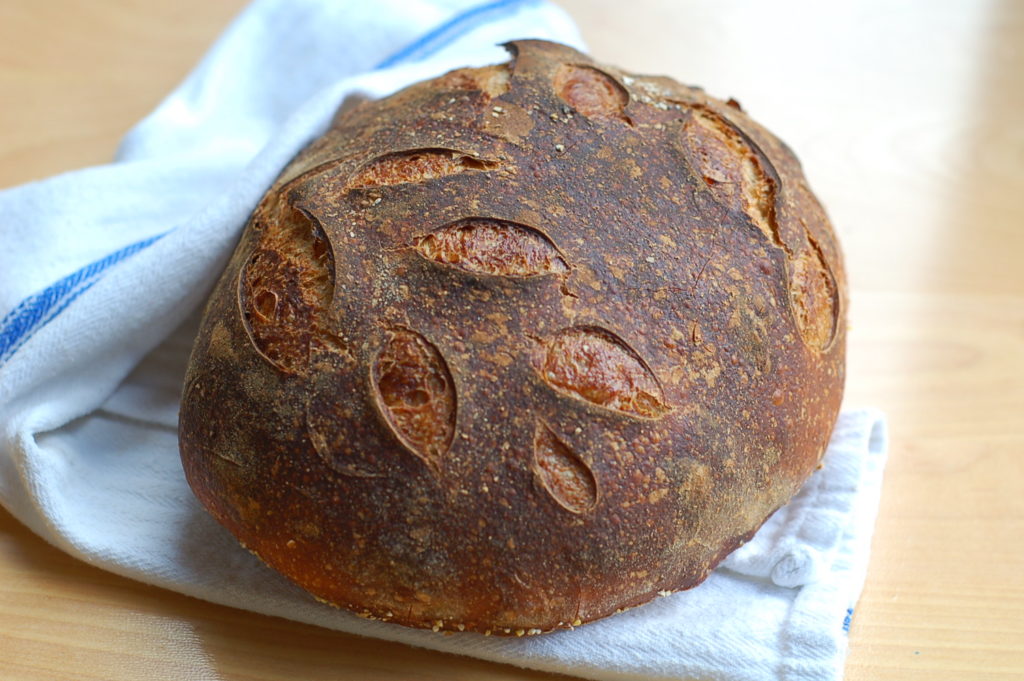 There is an enormous science around sourdough. You could easily spend years perfecting your methods, measuring ambient humidity and water temperatures, precisely weighing your specialized bread flours and worrying about autolysing and hydration and all sorts of other things. If that’s you, do you. There are so many great resources out there, and I am never one to turn up my nose at precision or evidence-based methodology. I think it’s great! But turns out, it’s not me. Especially not when it comes to bread baking. I started a little bread baking journal myself about six months ago, recording all the details of the daily bake, but abandoned it a few days later. I occasionally feel a pang of guilt, like I’m not a “real” sourdough baker, but then I remind myself that this is the oldest bread. Your great-great-great grandmother may have been making this in her kitchen. She did not have ambient humidity monitors or perfectly temperature-controlled proofing boxes. The bread probably changed with the seasons; a little more oven spring when the weather was humid, a longer bulk rise when winter closed in. Sourdough is alive, and it’s changing, and for me, baking with it requires flexibility and a daily assessment of what feels right.
There is an enormous science around sourdough. You could easily spend years perfecting your methods, measuring ambient humidity and water temperatures, precisely weighing your specialized bread flours and worrying about autolysing and hydration and all sorts of other things. If that’s you, do you. There are so many great resources out there, and I am never one to turn up my nose at precision or evidence-based methodology. I think it’s great! But turns out, it’s not me. Especially not when it comes to bread baking. I started a little bread baking journal myself about six months ago, recording all the details of the daily bake, but abandoned it a few days later. I occasionally feel a pang of guilt, like I’m not a “real” sourdough baker, but then I remind myself that this is the oldest bread. Your great-great-great grandmother may have been making this in her kitchen. She did not have ambient humidity monitors or perfectly temperature-controlled proofing boxes. The bread probably changed with the seasons; a little more oven spring when the weather was humid, a longer bulk rise when winter closed in. Sourdough is alive, and it’s changing, and for me, baking with it requires flexibility and a daily assessment of what feels right.
Basics
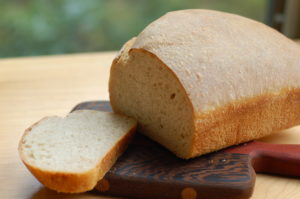
Sometimes you want a sandwich: Sourdough sandwich bread tutorial

This is the whole point: artisan sourdough bread tutorial
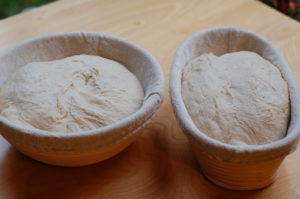
Sourdough bread baking gear: equipment list
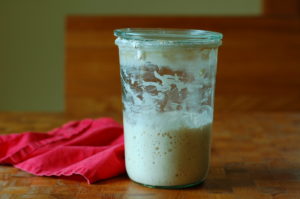
Get your sourdough starter on
What to do with all that starter?
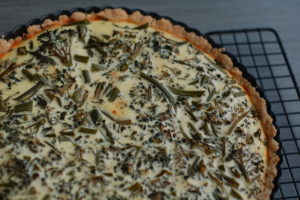
Using your starter: no-roll sourdough pie crust + a quiche formula for an easy make-ahead dinner
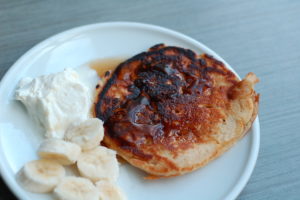
Using your starter: sourdough whole wheat oatmeal pancakes
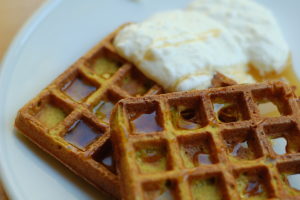
Using your starter: blender sourdough veggie waffles
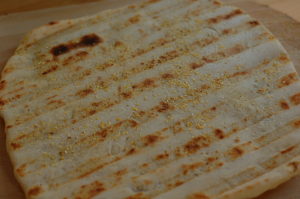
Using your starter: sourdough pizza dough

Using your starter: sourdough banana bread
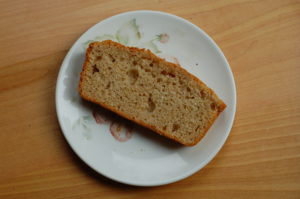
Using your starter: sourdough quick bread
